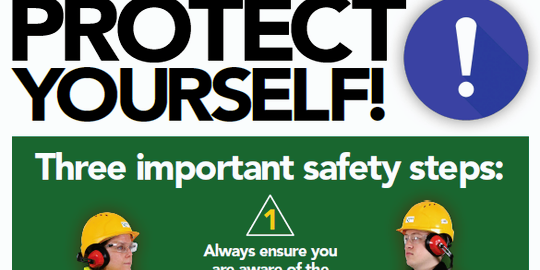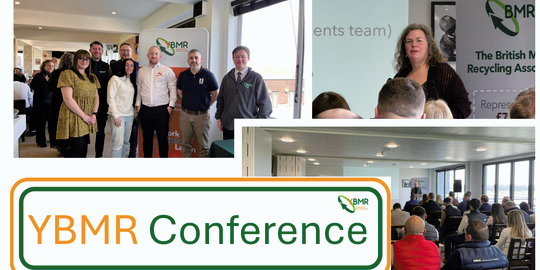First published by Let's Recycle - 25 February 2020
More than £370,000 has been raised by members of the British Metals Recycling Association to fund the testing of metal shredder residues (MSR) “to determine whether it is hazardous”.
This comes after a call for support the Association launched in August 2019, after the Environment Agency said it was going to review the 2005 position on MSR, which designated the material as non-hazardous.
Effective from 2005, the Agency position states that it will accept the classification of residues from shredding facilities as non hazardous waste, “where the residues have arisen exclusively from depolluted End-of-Life Vehicles (ELVs) and other non-hazardous feedstock, and this is demonstrated in a waste transfer note”.
If this was to be deemed as hazardous, it would greatly increase disposal costs as operators would have to find specialist treatment facilities.
Testing
The BMRA estimates that approximately 800,000 tonnes of MSR is generated in the UK from the recycling of ELVs, the majority of which goes into separation technologies to extract recoverable material.The rest is largely sent to landfill.
“We have the funds, now we need the Agency’s agreement that the sites we intend to use for testing shredder residues are reflective of the entire industry”
Howard Bluck, technical director, BMRA
While the Environment Agency said it is in “reaction mode” to recent flooding so is unable to comment, it will be reviewing its position on the matter, and the BMRA is now undergoing testing to ensure it can determine the material is non-hazardous.
Speaking with letsrecycle.com, Howard Bluck, technical director at the BMRA, said: “The majority of the funding has come from operators of shredders that currently benefit from the Environment Agency’s RPS, but around £20,000 has come from the wider membership.
“We have the funds, now we need the Agency’s agreement that the sites we intend to use for testing shredder residues are reflective of the entire industry.”
Mr Bluck added: “There are around 35 shredders in England, 25 of which operate under the terms of the RPS. We will be testing the shredder residue outputs from 12 sites over an extended period.”
Training
Site operatives will soon begin training on how to sample, store and transport material for testing, which will be around 2-4 weeks after the sites are accepted, according to the BMRA.
Sampling and analysis will then take six months, then a further three months to produce an interpretative report and pull everything together, the Association added.
If, as expected the first steps happens on 1 March , then its hoped the project will be completed in January 2021.
Mr Bluck added that one of the main reasons testing is required is because large amounts of MSR are now recycled.
“The vast majority of MRS goes into separation technologies to extract as much of the recoverable material as possible. This is one of the main differences now than when the RPS was issued in 2005,” he said.
Mr Bluck added: “Today there is technology to pull out recoverable material, largely driven by challenging recycling and recovery targets in the WEEE and the ELV directives”.


